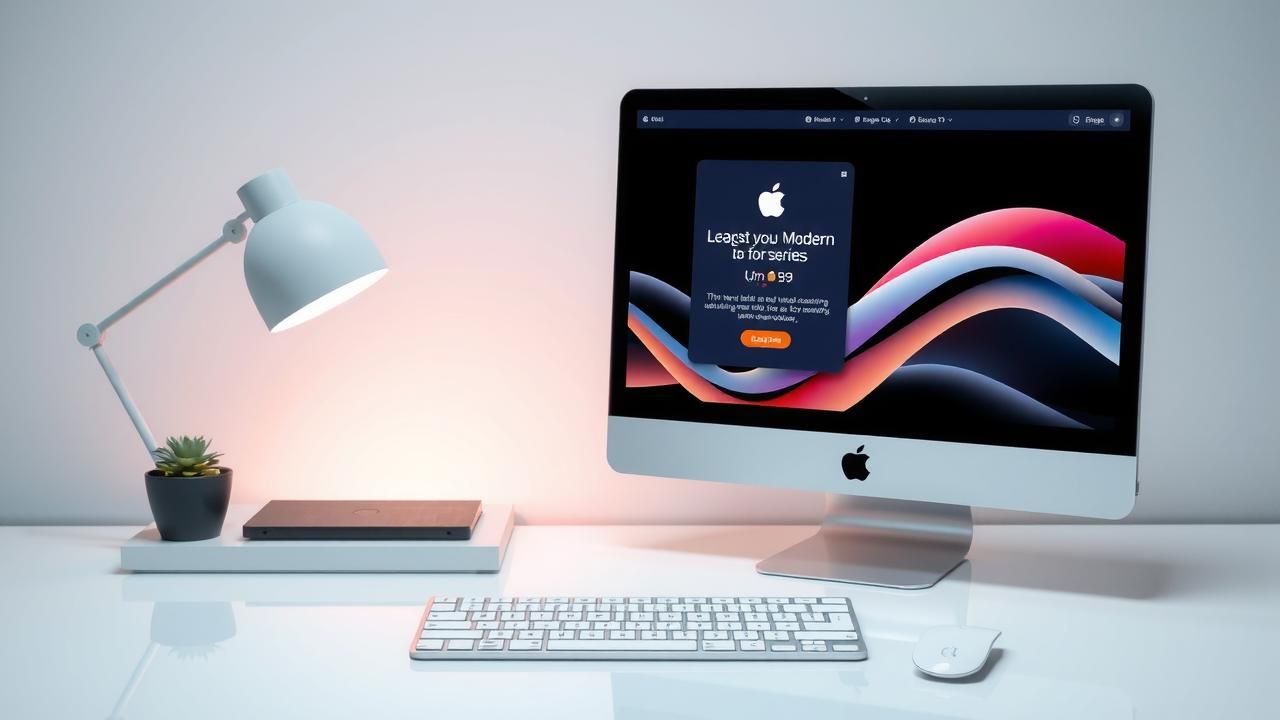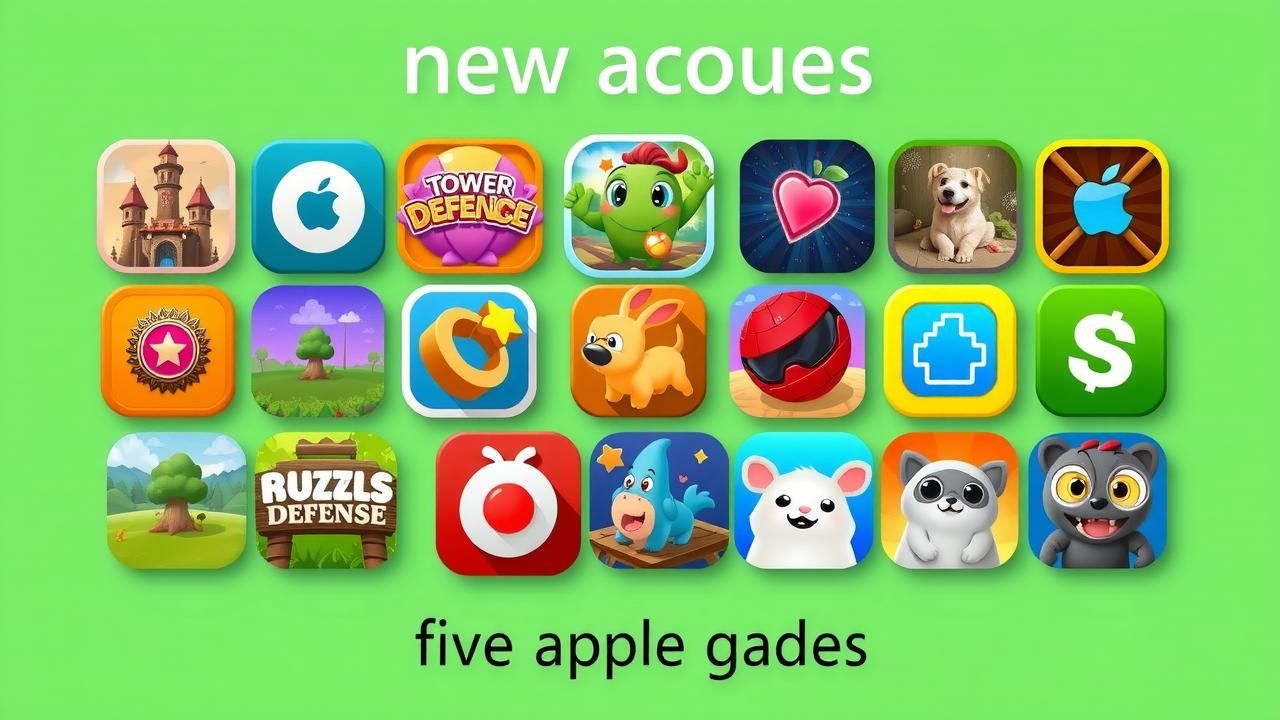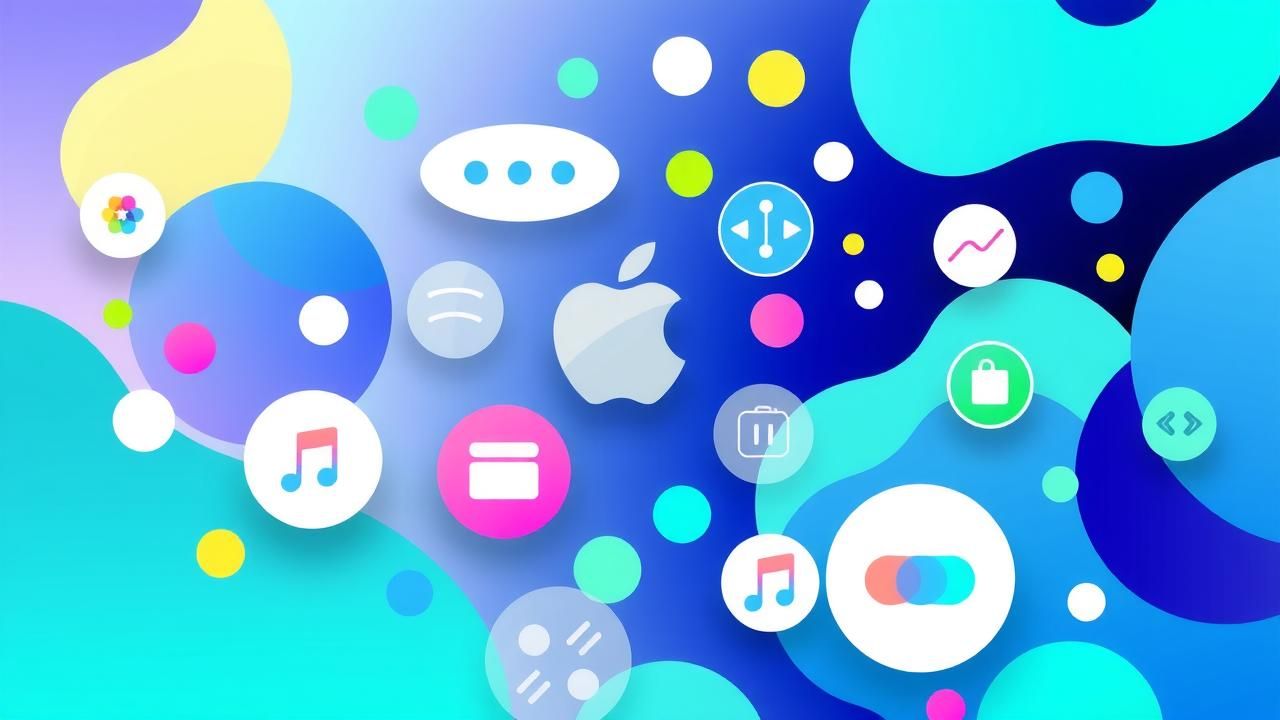At WWDC 25, Apple introduced several updates but largely sidelined the anticipated AI-powered Siri, originally teased at last year’s event. Craig Federighi briefly addressed the project, indicating delays until 2026. The new Siri aims to enhance personalization but currently faces functional challenges. Apple’s collaboration with OpenAI aims to improve Siri’s interaction, further updates for iOS 26 reflect ongoing AI enhancements.
Apple held its highly anticipated Worldwide Developers Conference (WWDC) 25, showcasing several upgrades across its operating systems, services, and software. Notably, the company introduced a new visual style called “Liquid Glass.” However, one significant product that remained under wraps was the promised AI-powered, personalized Siri, which had everyone on alert since it was first teased at last year’s conference.
During the event, Apple’s Senior Vice President of Software Engineering, Craig Federighi, touched on the Siri update, stating, “As we’ve shared, we’re continuing our work to deliver the features that make Siri even more personal.” He added that the development required more time to meet their quality standards and expressed anticipation about sharing future details. Many interpreted his comments to suggest that users will likely wait until 2026 for this update.
The more refined version of Siri was initially unveiled at WWDC 24 as a significant enhancement to Apple’s well-known virtual assistant. Through AI, this improvement was designed to give Siri the ability to grasp users’ “personal context,” which includes understanding relationships, communication habits, and overall routines. The update promised better functionality, with Siri allowing actions across various apps.
Reports indicated that while an in-development version of this personalized Siri was functional, it still had considerable issues, with a reliability score of only about 66%. Because of performance concerns, Apple adjusted its timeline for the rollout. In March, the tech giant acknowledged that delays were unavoidable and reassigned leadership for the Siri project, moving SVP of Machine Learning and AI Strategy John Giannandrea off the initiative and appointing Mike Rockwell, who successfully worked on the Vision Pro, to lead the development.
This shake-up suggested a serious reassessment to regain momentum after previous missteps. Observations reflected that Apple’s AI advancements seemed to lag behind competitors like OpenAI, Google, and Anthropic, raising alarms among investors regarding the company’s AI capabilities. Program changes were not the only measure Apple took, as they also announced a collaboration with OpenAI. By routing unanswered queries to ChatGPT, Siri could deliver better responses to users.
As the forthcoming updates for iOS 26 approach, Apple has also revamped its AI image generation tool, Image Playground, now utilizing ChatGPT’s expertise. At WWDC 2025, alongside Siri, the company continued its promises regarding several AI upgrades. These included developer access to on-device foundation models, live translation features, enhancements to Genmoji, improvements in Visual Intelligence, a new AI “Workout Buddy” for Apple Watch, and an updated AI-integrated version of the Shortcuts app for scripting tasks.






